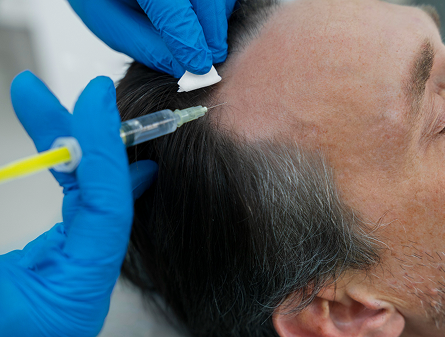Low-level laser therapy (LLLT) is a treatment that involves exposing the skin tissue to “near-infrared” and red wavelengths of light in the visible light spectrum. LLLT can help to stimulate the stem cells that cause hair to grow. Hair loss shampoo can potentially help to regrow your hair.
The treatment often contains natural ingredients that can tackle different causes of hair loss. LLLT is a non-invasive treatment option that can be performed in a clinic or at home.
Hair loss shampoo can easily be incorporated into your daily routine but some research may be required to find the best ingredients to treat your form of hair loss. Discover the differences between LLLT and hair loss shampoo with the comparison table below.
- Laser therapy uses low-level red light to improve blood flow and stimulate hair follicle activity.
- Unlike hair loss shampoo, it works beneath the scalp and promotes cellular regeneration.
- Hair loss shampoo is applied during washing and may help reduce shedding or improve scalp health.
- Compared to laser therapy, it acts on the surface and is often used to help with mild hair thinning.
- Laser therapy requires an upfront investment of $300–$1000 for a device.
- More expensive at first, but no ongoing product cost over time.
- Hair loss shampoos range from $10 to $40 per bottle and require frequent replenishing.
- Cheaper than laser therapy initially, but costs accumulate with continued use.
- Laser therapy is typically used 3–5 times weekly for 15–30 minutes per session.
- Results appear after several months with consistent use.
- Hair loss shampoo is used during regular hair washing, usually several times weekly.
- Unlike laser therapy, it’s quick and integrates easily into an existing hygiene routine.
- Laser therapy involves external exposure to red light penetrating the scalp to boost follicle activity.
- Non-invasive and non-chemical.
- Hair loss shampoo is massaged into the scalp and rinsed off after a few minutes.
- Compared to laser therapy, it relies on ingredients like ketoconazole or caffeine to help with hair loss.
- Laser therapy has minimal risks and is suitable for long-term use.
- Does not interact with medications or irritate most users.
- Hair loss shampoos are generally safe but may cause dryness or sensitivity in some users.
- Unlike laser therapy, reactions can vary depending on ingredients.
- Laser therapy requires access to a device and time set aside for sessions.
- Less convenient than daily hair washing.
- Hair loss shampoo is easy to use and fits into routine hair care.
- Unlike laser therapy, no special equipment or setup is needed.
- Laser devices are available online and sometimes through clinics.
- A higher price point may limit access for some users.
- Hair loss shampoos are widely available in pharmacies and supermarkets across Australia.
- More accessible than laser therapy due to cost and distribution.
- Laser therapy can offer sustainable regrowth if used consistently.
- Results fade gradually when treatment is stopped.
- Hair loss shampoo provides temporary benefits and must be used regularly to maintain scalp health.
- Unlike laser therapy, its long-term effects are limited if the underlying hair loss condition isn’t addressed.
- Laser therapy pairs well with minoxidil, supplements, and shampoos.
- It can be layered into a broader hair care routine.
- Hair loss shampoo is compatible with most treatments, including laser therapy.
- Products can work similarly to other treatments in blocking DHT or boosting scalp activity.
- Laser therapy appeals to users looking for a scientific, high-tech approach to hair regrowth.
- It may suit users who want a semi-regular treatment and have time to use the device.
- Hair loss shampoos appeal to users seeking a low-effort solution.
- Unlike laser therapy, they are perceived as easy to incorporate into routines and are a good first step to tackling hair loss.
- Laser therapy improves circulation and scalp activity at a cellular level.
- Ideal for maintaining follicle health and reducing inflammation.
- Hair loss shampoo supports a healthy scalp environment by reducing buildup and improving cleanliness.
- Compared to laser therapy, it offers more superficial and temporary benefits.
- Laser devices are reusable and produce very little waste.
- More environmentally sustainable than disposable products.
- Hair loss shampoos create consistent waste due to bottles and packaging.
- Less sustainable than a one-time laser device investment.
Shop our hair solutions
We are committed to providing affordable hair regeneration services for people all over Australia. Our formula can help you regain your confidence.
Shop Now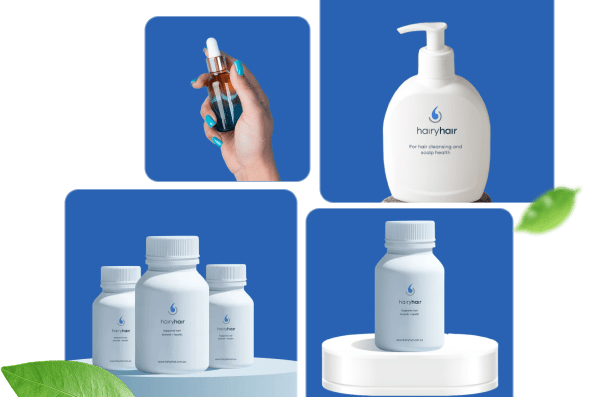

Laser Therapy vs Shampoo For Hair Regrowth Comparison Summary
LLLT has been shown to be an effective treatment for hair loss through clinical studies but the results can vary depending on the strength and quality of the device used, the consistency of the treatment and how advanced your hair loss is.
There is a vast difference in the quality of cosmetic products like anti-hair loss products so results can vary along with several factors that influence hair growth. LLLT sessions in a clinic can become expensive as they are required regularly to see and maintain results. At-home devices can offset this cost in the long run but are less powerful than clinical-grade devices and need to be used more regularly.
Hair loss shampoos are comparatively cheaper but may not be as effective a treatment option. LLLT has minimal potential side effects making it an attractive non-surgical or pharmacological option for treating hair loss. Hair loss shampoo can cause issues with your endocrine system as certain formulations can interact with hormones in your body.
User Guidance
LLLT clinical sessions may not be accessible for everyone depending on where you live but at-home devices can be purchased online. Hair loss shampoos are widely available and there is a range of formulas to target different causes of hair loss.
LLLT can be safely performed at home while hair loss shampoos, if over-used, can cause hair to fall out. This is because if you shampoo your hair too often it can remove beneficial natural oils in your scalp that are needed for healthy hair growth.
LLLT studies have shown it to be compatible with other treatments for hair loss like topical minoxidil. Hair loss shampoo treatment combinations need to be further researched to determine the most effective pairings and what impact hair loss shampoos can have on your hair regrowth.
Take Our Hair Loss Quiz to See Which Treatment Suits You?
Take A Hair Quiz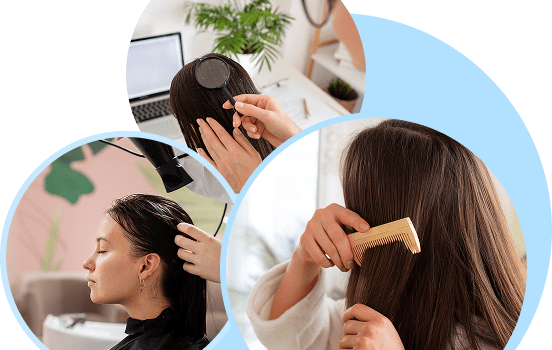
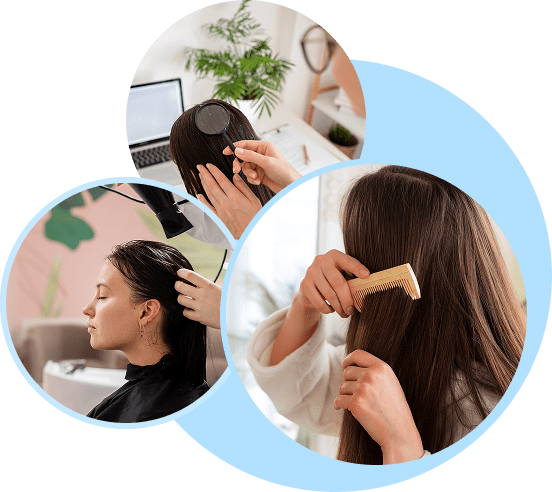
Frequently Asked Questions
We have put some commonly asked questions.
Nunc scelerisque tincidunt elit. Vestibulum non mi ipsum. Cras pretium suscipit tellus sit amet aliquet. Vestibulum maximus lacinia massa nontor.
Platelet-rich plasma (PRP) treatment involves drawing blood from the patient, isolating the beneficial nutrients and injecting it into the scalp where hair loss is occurring. This promotes hair growth and has many other applications from encouraging healing to skin rejuvenation.
Platelet-rich plasma (PRP) treatment involves drawing blood from the patient, isolating the beneficial nutrients and injecting it into the scalp where hair loss is occurring. This promotes hair growth and has many other applications from encouraging healing to skin rejuvenation.
Platelet-rich plasma (PRP) treatment involves drawing blood from the patient, isolating the beneficial nutrients and injecting it into the scalp where hair loss is occurring. This promotes hair growth and has many other applications from encouraging healing to skin rejuvenation.
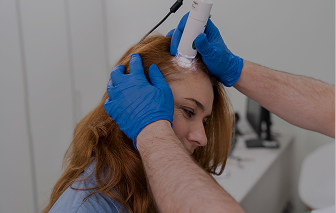
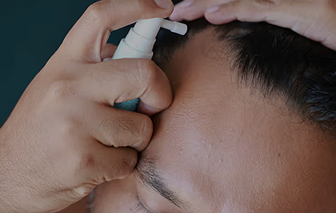



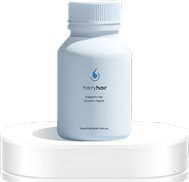
 See All
See All